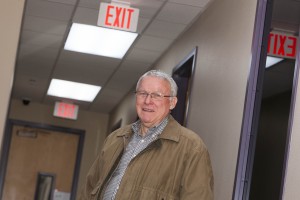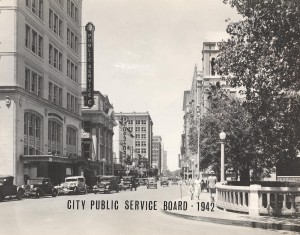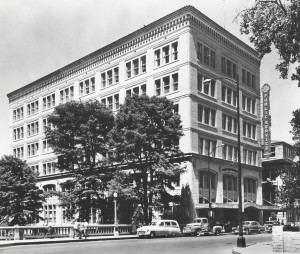 We all know it’s going to be a hot summer, but an El Nino weather pattern could potentially bring even warmer than normal temperatures to the area. Combine that with natural with gas prices that remain high following the harsh winter, and you’re looking at higher than average summer energy bills.
We all know it’s going to be a hot summer, but an El Nino weather pattern could potentially bring even warmer than normal temperatures to the area. Combine that with natural with gas prices that remain high following the harsh winter, and you’re looking at higher than average summer energy bills.
Luckily, CPS Energy has expanded its demand response programs, including new ones that work with window units as well as central air conditioning systems. They help customers lower their bills and help the utility use less power when it’s most expensive (and that keeps costs down for all of us).
The average residential customer is expected to use 1,572 kilowatt hours of electricity per month from June through September, resulting in a bill of $174.37. That’s up about $21 from average bills from the previous summer.
That potential increase means there’s a strong need for energy conservation, said Executive Vice President Jelynne LeBlanc Burley, “so we’re doing everything possible to help our customers lower the amount of energy they’re buying. It gives them a smaller bill and reduces demand on the state grid.
“We have everything from an average of $5,000 of free weatherization improvements for qualifying customers to a kit that allows customers to program their window AC units. We’ve also added rebates for the popular Nest Learning Thermostat™,” she added.
Customers can decrease the amount of energy they use and buy through a number of energy efficient options, including:
- Casa Verde weatherization program (free) – average of $5,000 in improvements decreases average bill by $27
- Friedrich’s Kühl Window AC unit – programmable unit to manage temperature settings
- Nest Learning Thermostat™ – learns temperature preferences and programs itself allowing customer to manage temperature with a smart phone or computer
- Home Manager (free) – saves an average of 10 percent by allowing customer to manage central AC, electric water heater and pool pump with a computer, smart phone or tablet
- Smart Thermostat (free) – Honeywell programmable thermostat allows customer to manage temperature using computer or laptop
- Cool Energy Program smartAC kit (free) – wireless smart plug for existing window AC allows customer to manage temperature with a smart phone or computer.
Most of those are part of CPS Energy’s Demand Response programs, which allows CPS Energy to briefly bump up your thermostat a couple degrees on the hottest summer afternoons, when demand peaks. Customers receive a credit on their bill at the end of the season, which goes through September, for participating.
Customers also can take advantage of rebates for air duct systems, refrigerators, AC units, solar systems and more by visiting cpsenergysavers.com. Energy efficiency tips such as setting a thermostat between 78 – 80 degrees and raising the temperature several degrees when leaving a home for several hours are more ways to save.
Families experiencing financial hardships and military veterans burned during service can get bill assistance through a variety of programs. CPS Energy commits a minimum of $1 million annually to the Residential Energy Assistance Program (REAP). Last year, customers partnering with their energy provider contributed more than $200,000 to assist local neighbors in need.

 CPS Energy will ask the San Antonio City Council to approve a 4.75 percent rate in October.
CPS Energy will ask the San Antonio City Council to approve a 4.75 percent rate in October.


 by Tracy Idell Hamilton
by Tracy Idell Hamilton